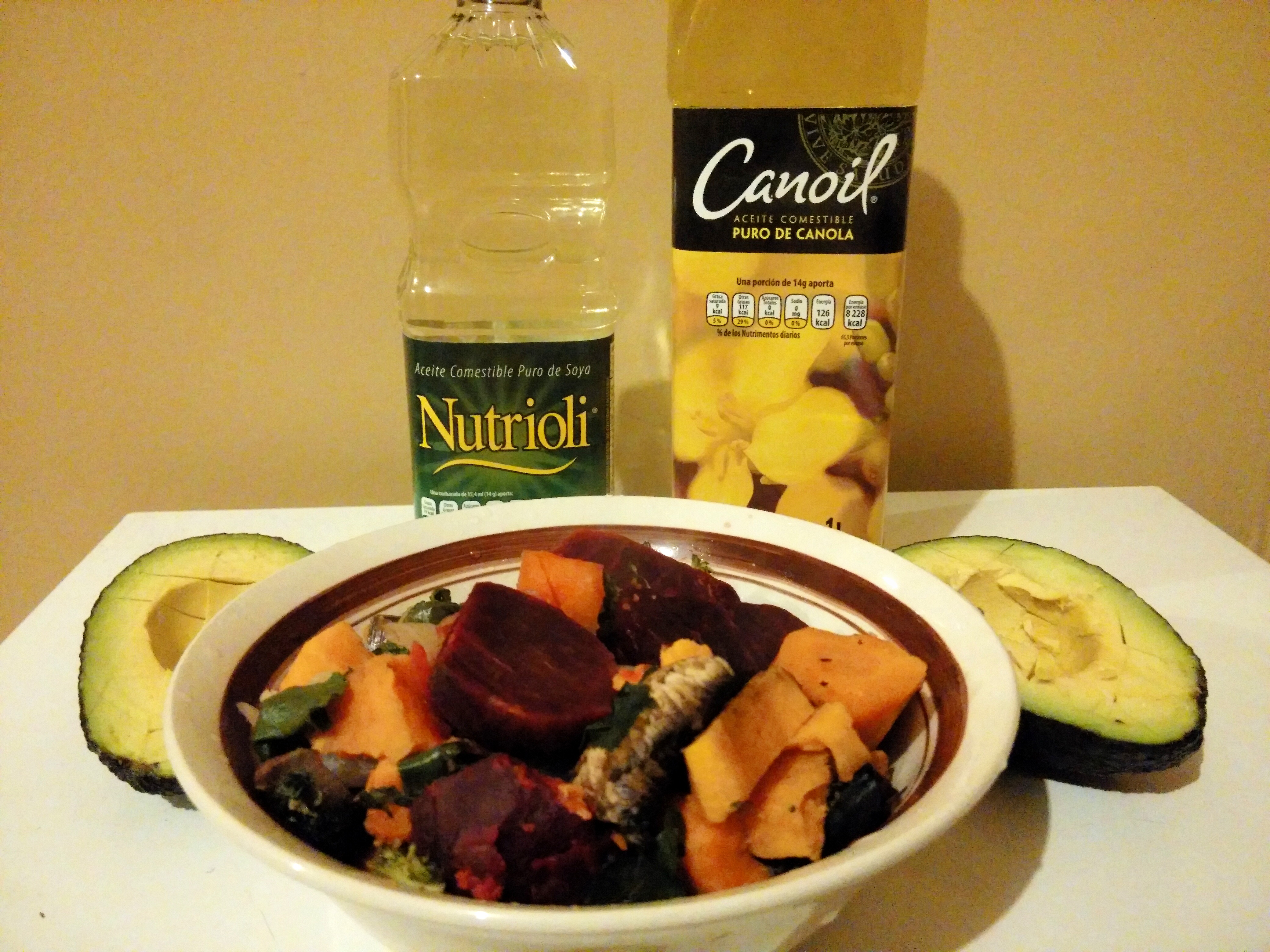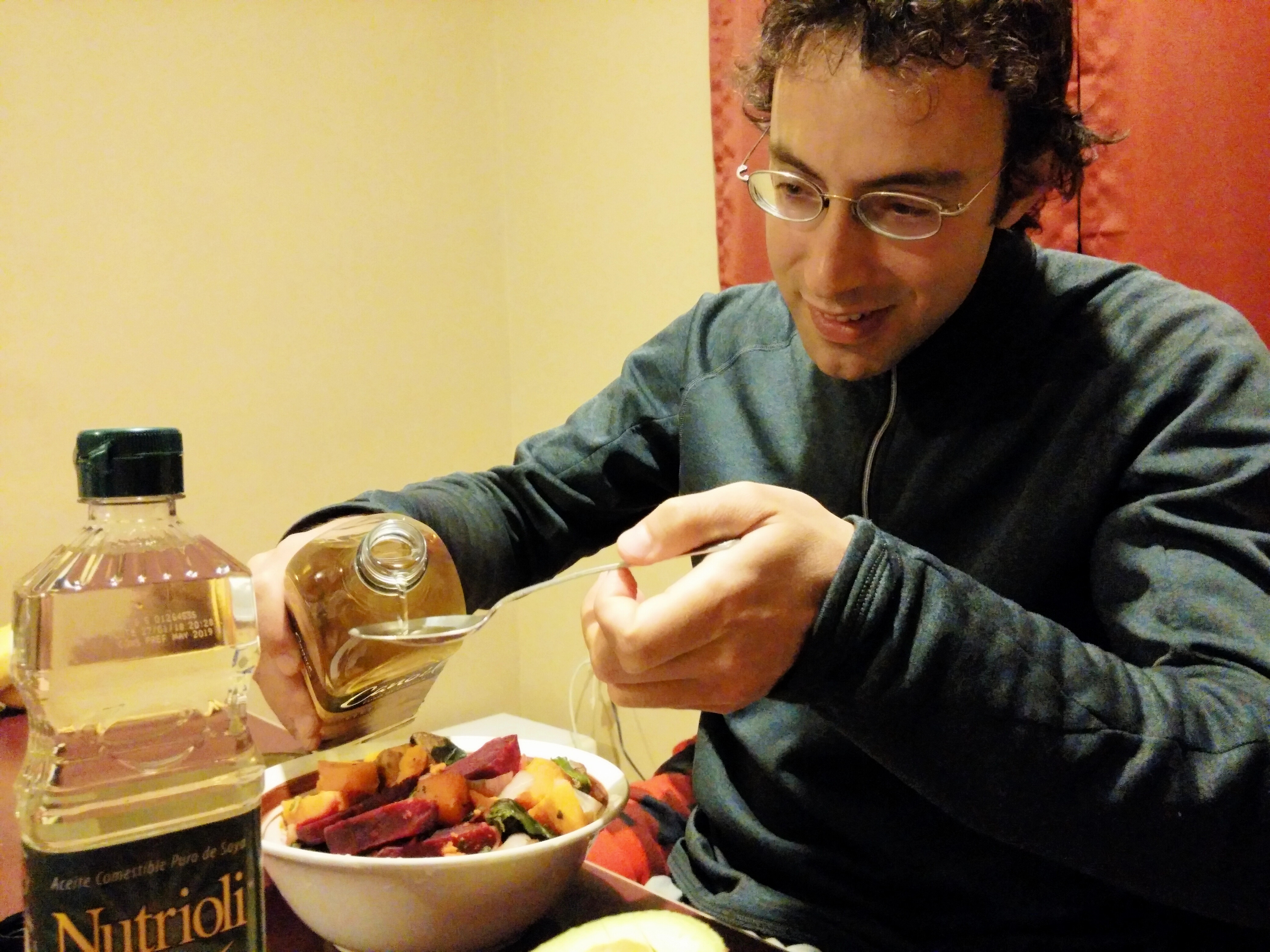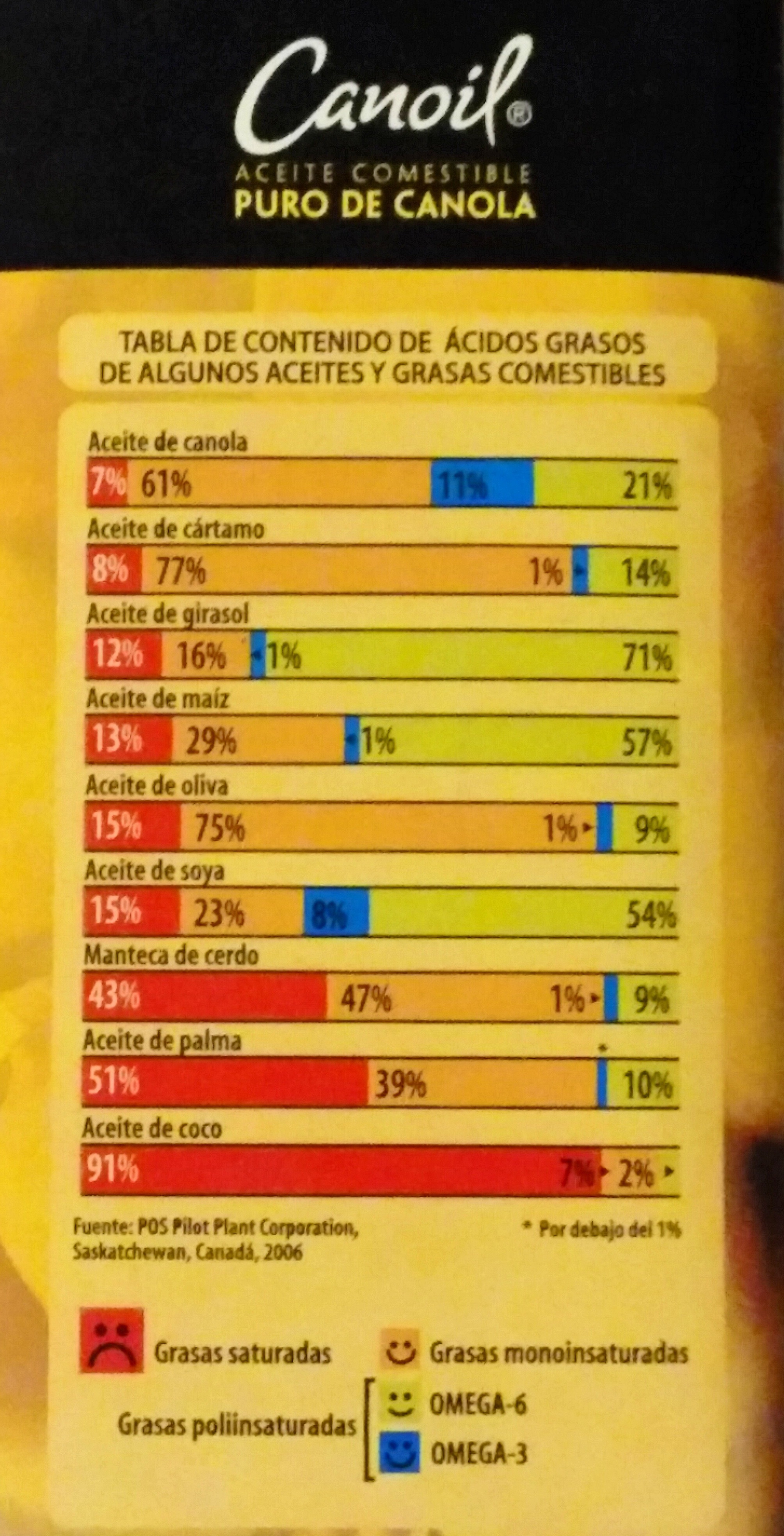Inundation Diet Experiment #1: Eating GMO Foods!
by Jon Sasmor
Last Updated March 8, 2018
Food intolerances often are tested by eliminating the suspect foods. Elimination diets can be difficult for vegans because there already are fewer foods to choose from, even without eliminating additional foods. We try here an alternate approach. We inundate the body with the suspect food and see what happens!
My Background with GMOs
For a couple of years, I ate mainly organic (non-GMO) food. But the last few years, I've been having fun traveling much of the time. Sometimes, when traveling, it's hard to find organic food. So I've made exceptions to organic, especially for corn and beans, as well as fruits and vegetables. Corn is often GMO. Where I am now, in México, GMOs are abundant in processed and prepared foods, especially in corn and added oils.
Usually I feel worse when I eat restaurant food. I've wondered if the effect is from the GMO oils — corn, soybean, and canola oil. These oils are the cheapest oils and are used almost everywhere. Recently I've eaten these oils only rarely.
The Experiment: Trying a High-GMO Meal
After three days of feeling healthy and active, while eating no GMOs, I prepared a high-GMO meal. The high-GMO dinner included steamed beet, 1 Tablespoon of Canoil canola oil, and 1 Tablespoon of Nutrioli soybean oil.
Beets, canola, and soy all are commonly GMO. The genetic modification makes the plants resistant to herbicides such as glyphosate (active ingredient in Roundup). The GMO crops can survive Roundup so they are grown with more Roundup. In turn, more Roundup herbicide might be present in our GMO food.
Canoil canola oil and Nutrioli soybean oil are among the brands listed by Greenpeace as expected to contain GMO. Glyphosate herbicide in Roundup has been proposed as a cause of nearly all modern increasing health epidemics, via its interference with the gut microbiome and CYP detoxification enzymes. (Samsel and Seneff 2013).
The Results of the High-GMO Meal
I looked for acute ton-of-bricks-magnitude effects. I saw some.
After the meal, and peaking about two hours after, my mind was clouded. It was like a cloak was over part of my mind. I couldn't think quickly or clearly. I kept confusing words, both reading and writing. For example, I read "34 Tornadoes" as "34 Rotten Tomatoes." The brain fog was bizarre and highly unusual. Therefore, I believe it was likely caused by the high-GMO meal.
Other things happened afterward: I felt tired and unmotivated, much more than usual, even for a while after a big meal. I slept poorly, waking up several times.
By the morning, however, things seemed back to normal. I felt alert again.
Of course, my experiment is not designed to show the long-term effects of consuming either GMOs or Roundup herbicide.
Conclusions: Back to No GMOs!
The brain fog and lethargy occurring after the meal were enough to convince me that I don't want to be eating cheap GMO oils such as canola and soy. I don't want to feel the apparent consequences, even if it means there's not much I can eat from most restaurant menus.
I can't conclusively say whether the GMO or Roundup caused the negative effects. The oils are much higher in polyunsaturated fats than the diet I usually eat. The reaction could have been inflammatory due to the omega-6 fats or potentially rancid omega-3 fats.
The reaction could have been even worse if I had eaten larger quantities of canola and soybean oil, as commonly would be added in restaurants.
The reaction also might have been even worse if I had cooked the vegetables in the oils instead of pouring the oils onto separately steamed vegetables. The GMO vegetable oils are usually used in cooking. They can become rancid when cooked.
Corn is a different GMO from the beet, canola, and soy. Like the other GMOs, GMO corn has genetic engineering to tolerate Roundup herbicide. However, unlike beet, canola, and soy, GMO corn additionally incorporates bacteria into the genome of the corn to convey resistance to pests. More about GMO corn in the next inundation experiment!!
Graphic on Canoil Canola Oil label explains why canola oil is supposedly the most healthy oil and coconut oil supposedly the least healthy oil. I might disagree and switch the green happy face with the red sad face. That is, saturated fats, especially in coconut oil, might deserve a green happy face, whereas omega-6 polyunsaturated fats in vegetable oils might deserve a red sad face. Hahaha, who is color blind, Canoil or me?



